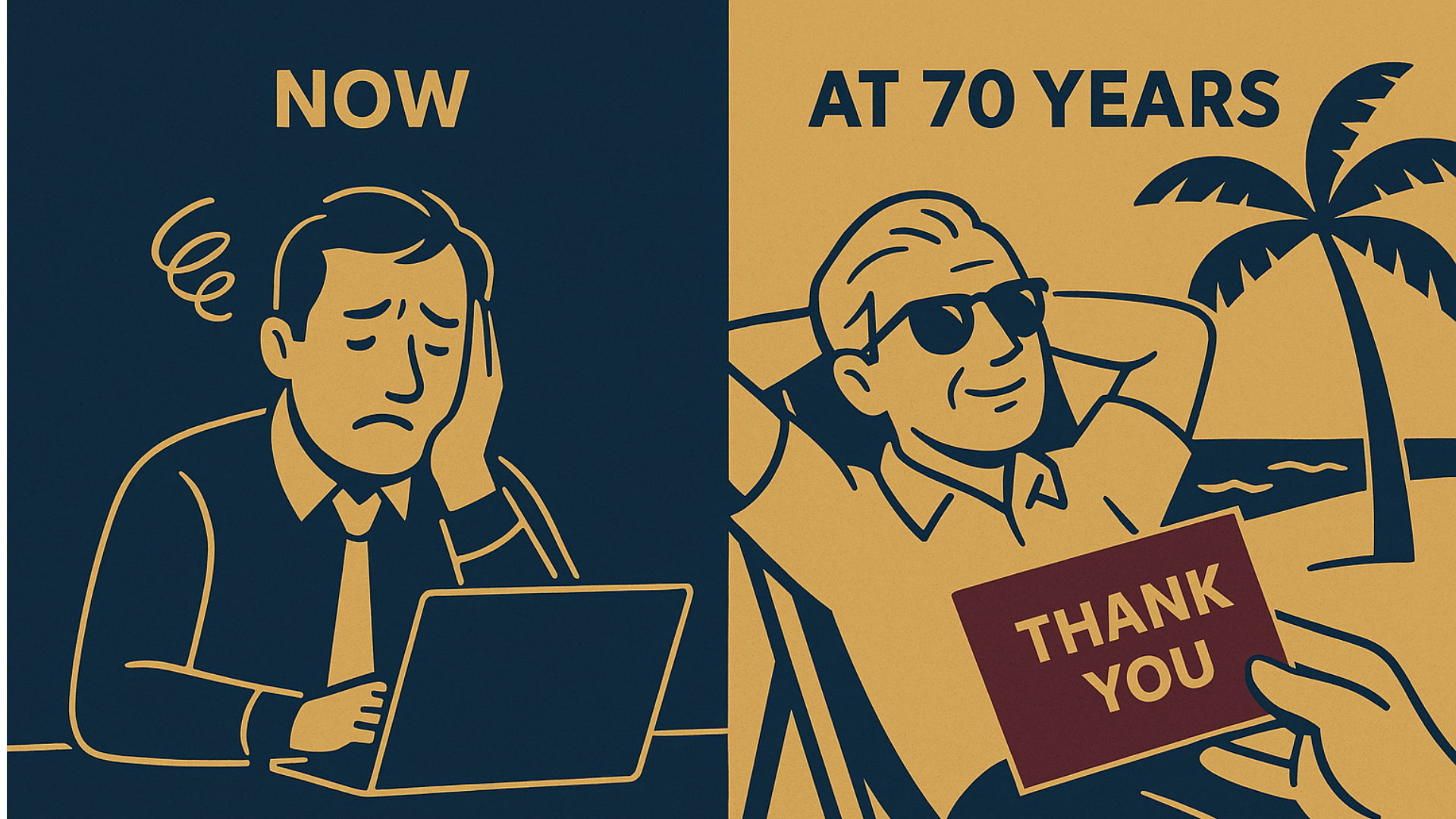As we cross into the final quarter of 2025, Ireland’s economy has delivered a masterclass in resilience, adaptability, and the delicate balance between global exposure and domestic strength. For economists and investors alike, this year has offered a rich set of insights, some affirming long-held beliefs, others challenging assumptions about risk, growth, and opportunity.
From surging exports to cautious investment sentiment, 2025 has been a year of contrasts. This post explores 7 things that Irish economists might say we’ve learned so far, and what those lessons mean for anyone navigating the markets or planning long-term investments.
1. Export-Led Growth: Ireland’s Double-Edged Sword
Ireland’s GDP was projected to grow by an impressive 10.7% this year, a figure that stands out even in the context of global economic uncertainty. This growth has been driven largely by multinational exports, particularly in pharmaceuticals, medical devices, and technology services. While this export-led model has long been a cornerstone of Ireland’s economic success, 2025 has reminded us that it’s a double-edged sword. The surge in exports was partly due to front loading ahead of anticipated US tariffs, highlighting how sensitive Ireland’s trade flows are to global policy shifts. For investors, this underscores the importance of diversification. Relying solely on Ireland’s export engine may yield short-term gains, but long-term resilience demands exposure to domestic sectors as well.
2. Domestic Demand: The Quiet Strength
Beneath the surface of Ireland’s export boom, the domestic economy has quietly outperformed expectations. AIB revised its forecast for Modified Domestic Demand (MDD) growth to 3.2%, reflecting strong household spending, business investment, and service-sector activity. Low unemployment, hovering around 4.2%, and rising wages have supported consumer confidence, while SMEs in retail, hospitality, and professional services continue to expand. This quiet strength has proven to be a stabilising force, offering a buffer against external shocks. For investors, it signals untapped opportunity in sectors tied to Irish consumers, such as retail, leisure, housing, and infrastructure.
3. Global Equity Risks: The Bubble Question
One of the most pressing concerns this year has been the extraordinary rise in global equity markets, particularly in US tech and AI firms. The Central Bank of Ireland has issued warnings about record-high valuations and the risk of a sharp correction. Ireland’s financial markets are deeply connected to global capital flows, and even with strong domestic fundamentals, the country is not immune to global bubbles. For investors, this means exercising caution, hedging against volatility, and avoiding overexposure to overheated sectors.
4. Policy and Geopolitical Uncertainty
Despite strong economic indicators, uncertainty remains a defining feature of 2025. Geopolitical tensions, shifting trade policies, and regulatory changes continue to shape investment decisions. US tariffs have already reshaped trade flows, prompting Irish exporters to pivot, while EU debates around digital taxation and sustainability standards add further complexity. In this environment, Ireland’s stable policy framework stands out as a competitive advantage. For investors, the country offers a relatively safe haven, but only if domestic policy remains consistent and credible.
5. Housing and Construction
Ireland’s housing crisis, however, remains a persistent drag on growth. Despite strong demand, construction investment continues to lag, creating bottlenecks in affordability and labour mobility. Structural weaknesses like these can undermine long-term prosperity. For investors, real estate and infrastructure present both challenge and opportunity. Strategic investment in these areas could yield long-term returns, but regulatory hurdles and cost inflation remain significant risks.
6. Investor Psychology:Confidence vs. Caution
Investor psychology has also played a key role in shaping market behaviour this year. Sentiment reflects a delicate balance between confidence in Ireland’s growth story and caution about global risks. Successful investing in 2025 has required navigating both optimism and fear. A balanced strategy, embracing Ireland’s strengths while preparing for volatility, has proven essential.
7. Ireland’s Economic Model: Strengths and Vulnerabilities
Zooming out, 2025 has reaffirmed the core features of Ireland’s economic model. The country continues to thrive when exports boom, but sustainable investment depends on domestic demand and balanced risk management. Ireland’s strengths include high GDP growth, resilient consumer activity, and a stable policy environment. Its vulnerabilities lie in its exposure to global market corrections, housing constraints, and regulatory uncertainty.
Practical Strategies for Investors
So what should investors do with these insights? Irish economists would likely recommend diversifying portfolios to blend export-driven sectors with domestic-focused investments, hedging against volatility, focusing on fundamentals, monitoring policy signals, and thinking long-term. Avoiding short-term bubbles and prioritising sustainable growth are key to navigating the current landscape.
What next?
Looking ahead, several questions will shape Ireland’s trajectory in the months to come. Will global equity markets corrector continue their upward climb? How will US tariffs and EU regulations affect Ireland’s export model? Can the country address its housing and infrastructure challenges? And will domestic demand continue to strengthen or plateau? The answers will determine not just Ireland’s economic path, but the investment landscape for years to come.
In conclusion, 2025 has already taught us valuable lessons. Ireland’s economy remains resilient, driven by exports and supported by domestic demand. But risks are rising, from global equity bubbles to housing constraints and geopolitical uncertainty. For investors, the message is clear: Ireland offers opportunity, but success requires caution, diversification, and long-term thinking. As Irish economists often remind us, the true test of an economy is not how it performs in times of boom, but how it adapts to uncertainty. In 2025, Ireland has shown that it can thrive even in a volatile world, but the lessons learned this year will be critical for shaping investment strategies in the years ahead.
Get in touch if you would like to discuss your investment strategy for 2026.
Recent posts.
Explore related articles for essential news and insights.

Auto-Enrolment Is Coming: What Irish Employers Need to Know Before November Payroll Pension Deadline

Auto-Enrolment Is Coming: What Irish Employers Need to Know Before November Payroll Pension Deadline

World Financial Planning Day 2025: Celebrating the Power of Planning and the Professionals Who Make It Possible




.png)


